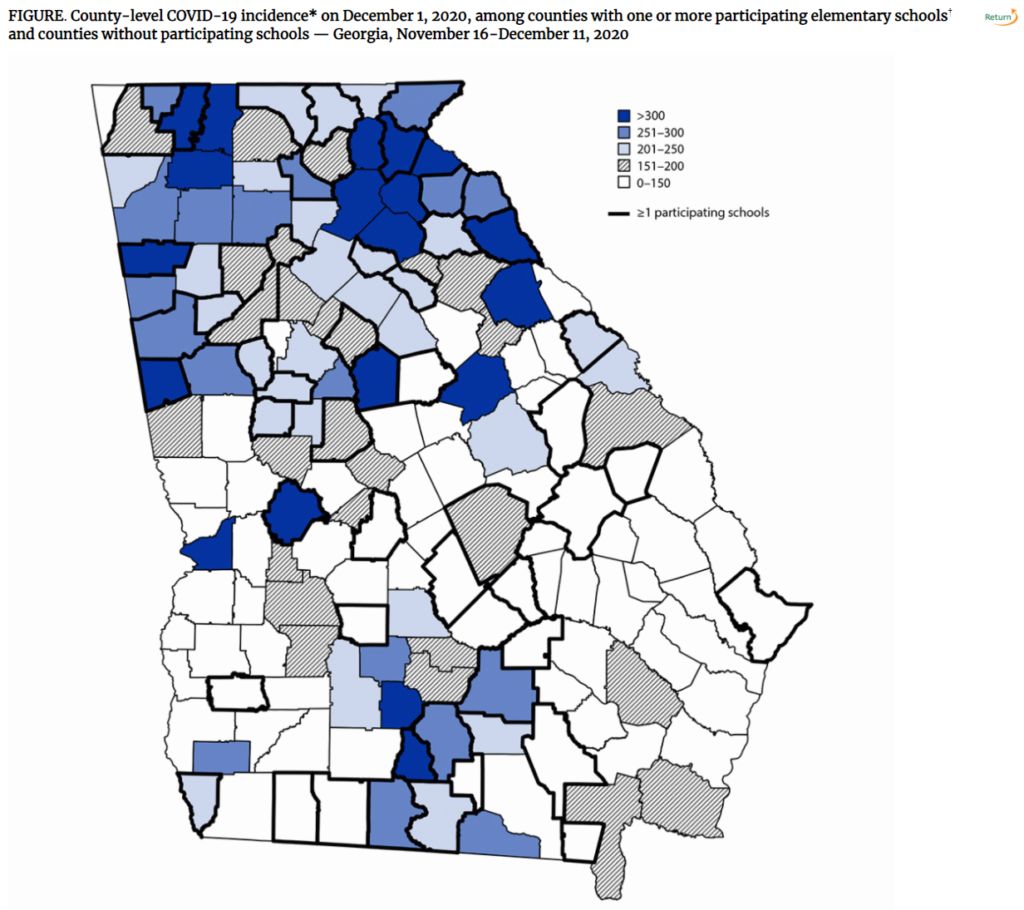Excerpt:
Illinois will dip into its growing pot of tax revenues to pay off the remaining $2.175 billion of outstanding debt borrowed through the Federal Reserve?s Municipal Liquidity Facility to manage last year?s COVID-19 tax blows.
The Treasury Department?s interim guidance, released May 10, barring debt repayment as an eligible use of American Rescue Plan dollars threw a wrench ? at least temporarily ? into Chicago’s and Illinois? plans to pay down debt issued last year. Illinois borrowed through the MLF and Chicago issued notes ahead of a planned scoop-and-toss borrowing to stave off deep cuts and layoffs as tax revenues plummeted. Both planned to pay off the debt with ARP funds.
Both planned to lobby the Treasury Department for a guidance change during a 60-day comment period, but Illinois was under the gun to make repayment plans ahead of a May 31 deadline to pass a fiscal 2022 budget. The state is receiving $8.1 billion from the ARP.
Author(s): Yvette Shields
Publication Date: 21 May 2021
Publication Site: Fidelity Fixed Income


